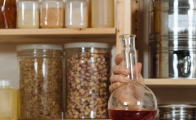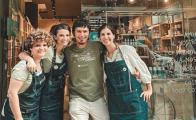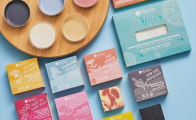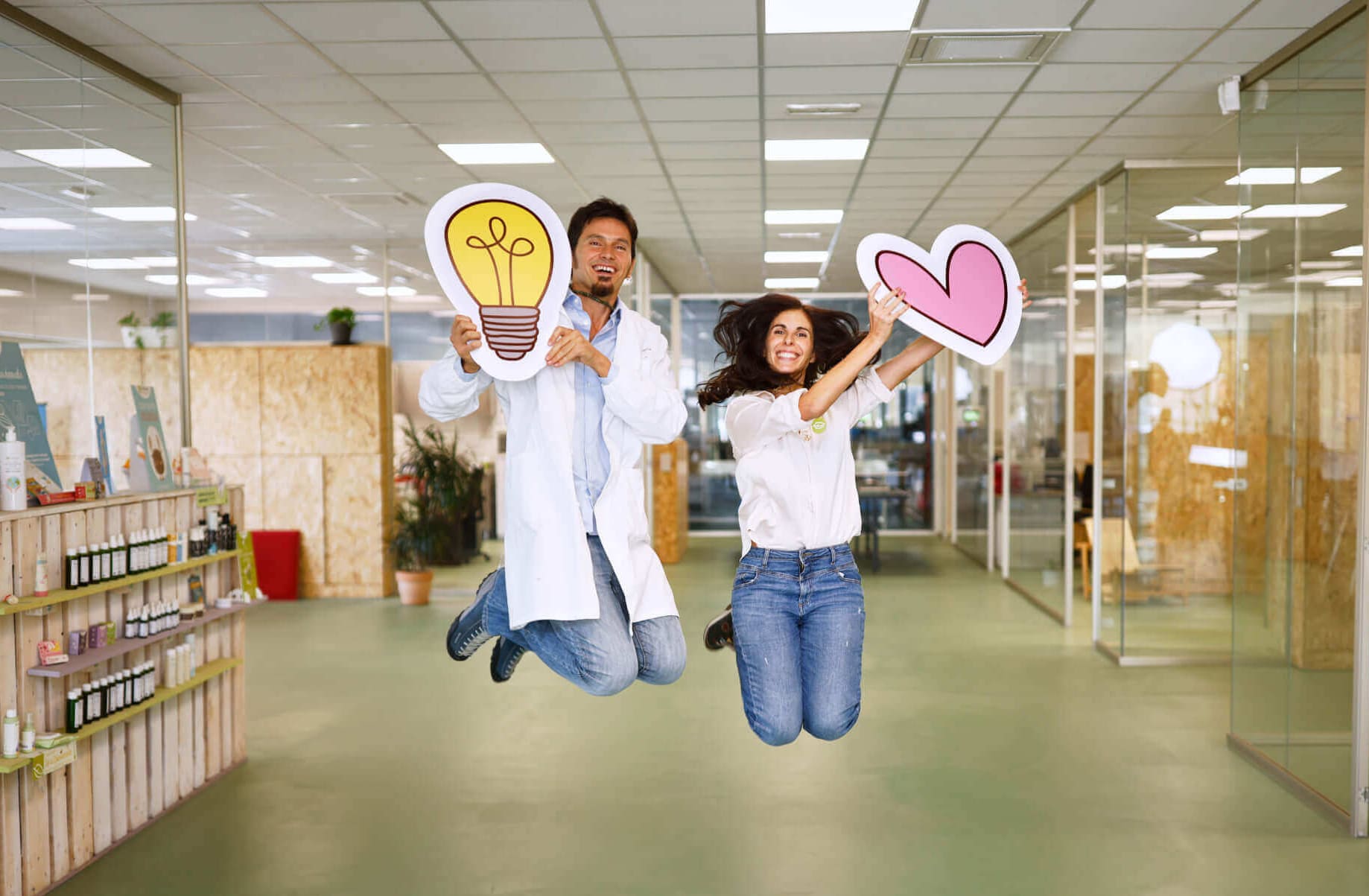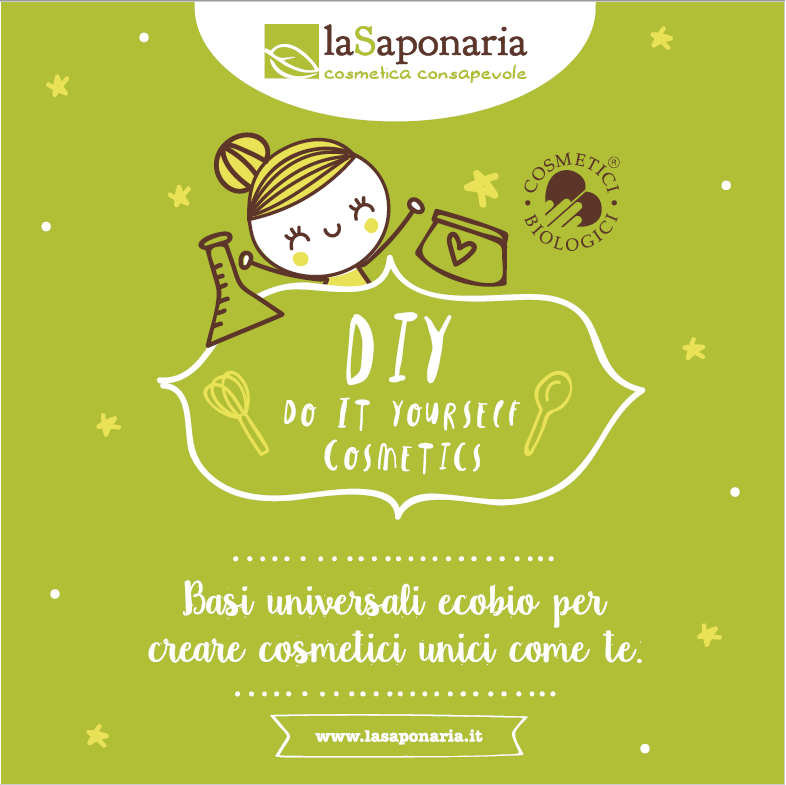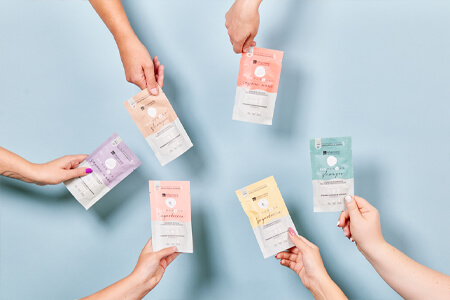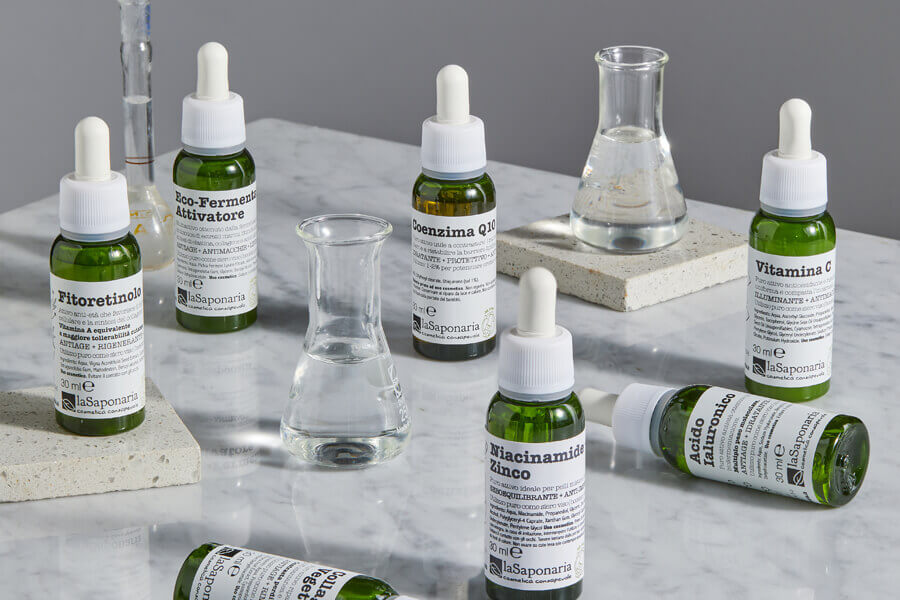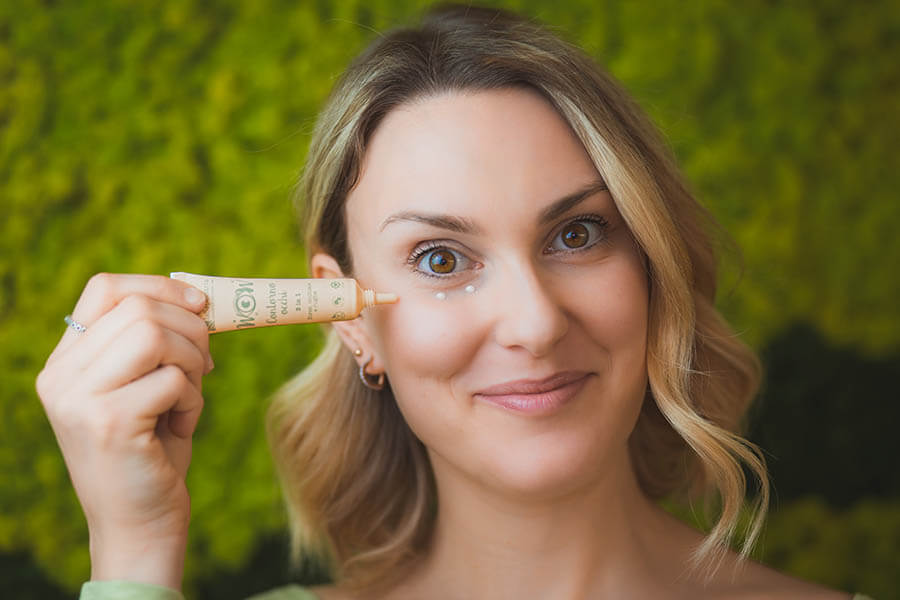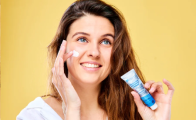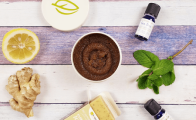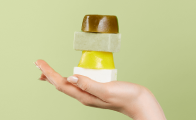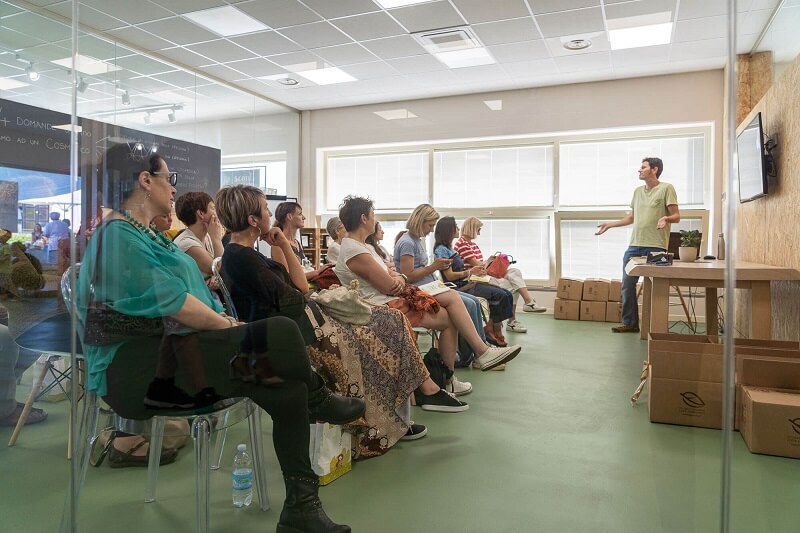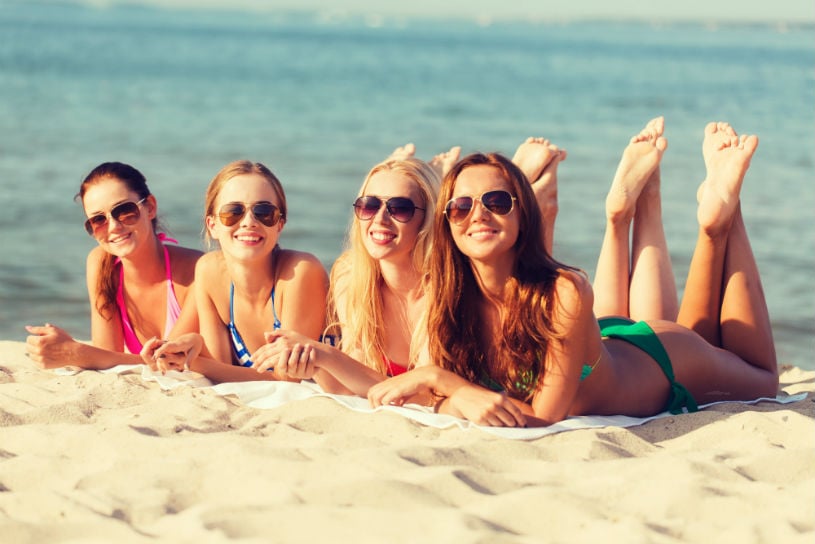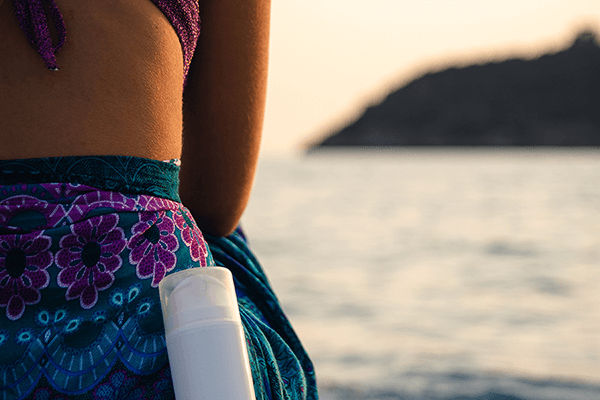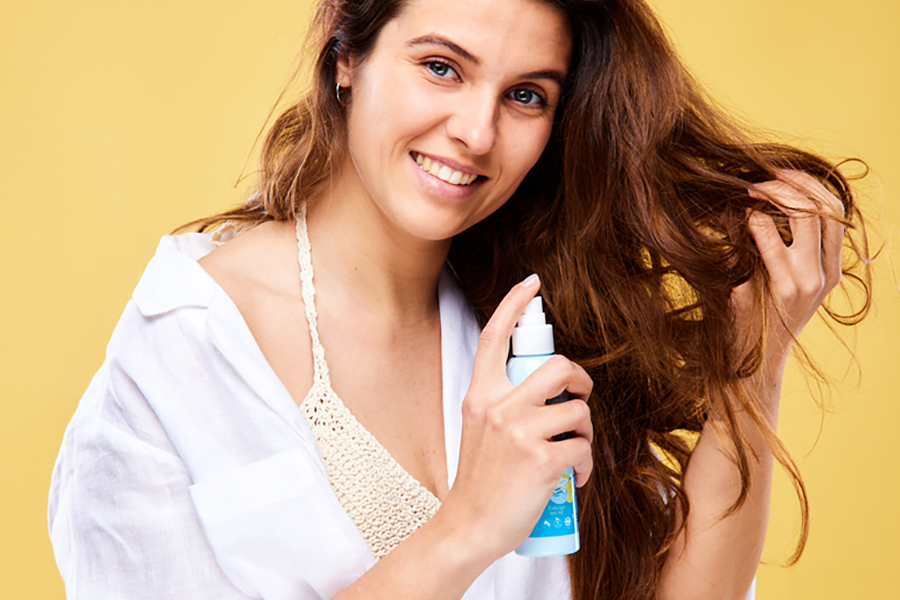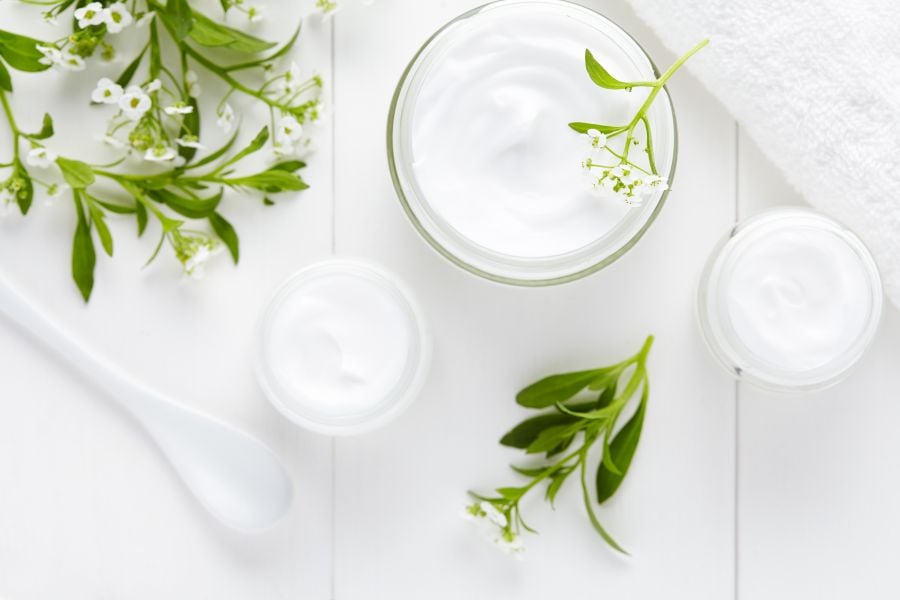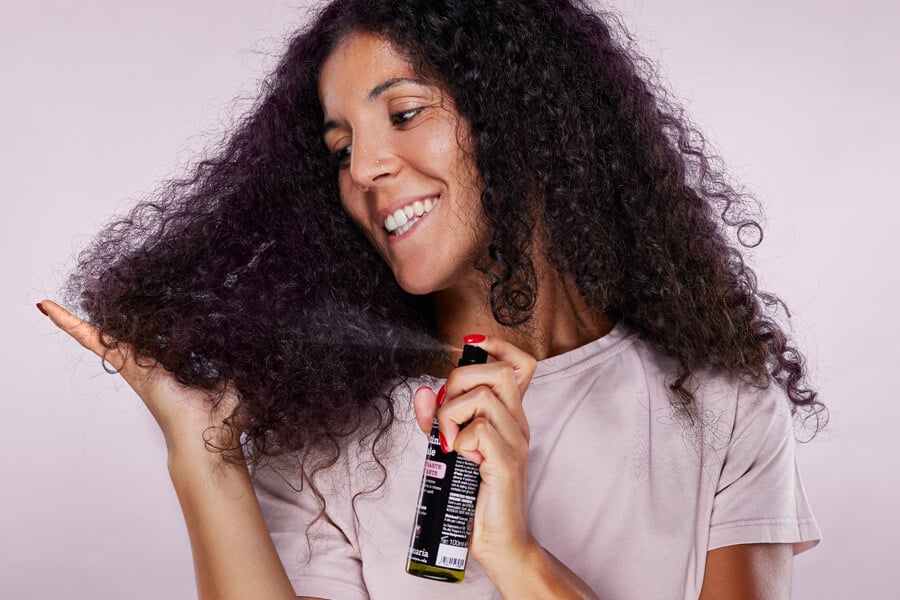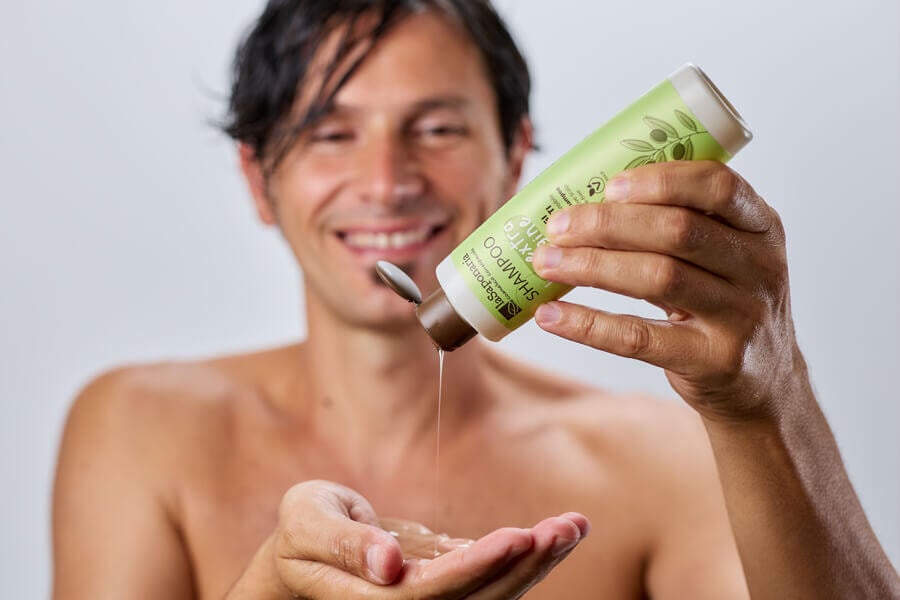The insights of La Saponaria
How to choose the right sunscreen for your skin?
In summer, entering any business that deals with health and beauty, you can not fail to be impressed by the wide range of solar: between hyperbolic claims and mysterious acronyms, Choosing the right protection for our needs could be a more difficult task than expected!
Knowing how to choose the right solar is of paramount importance. It is like choosing a good travel companion, the one that will accompany us in the summer. But how to orient yourself with greater awareness in this teeming with products? Let’s see together how to choose the perfect solar for every skin: from the most nivee complexions to the most brown, all protected under the sun!
How to choose the right sunscreen for you:
The protection factor: what is the best sunscreen?
Are there sunscreens with total protection?
A little tip: gradual exposure
How to choose the solar suitable for your skin and your phototype
Sunscreen: an eye for ingredients
Solari Nichel tested
Scents in the sunscreens
How to choose the right solar in 10 points
The protection factor: what is the best sunscreen?
The protection factor is the first element to be careful in choosing the right solar. The first thing we need to do when it comes to choosing which solar will accompany us during the summer season and during our holidays, is to identify on the label the acronym SPF or the sun protection factor that will be followed by a variable number: 6, 10, 15, 20, 25, 30, 50 and 50+.
This number indicates how many times it is possible to multiply the time of stay in the sun before the sun erythema appears. We are talking about erythema time.
A product with SPF 10, for example, allows you to stay in the sun 10 times longer than normally expected to avoid sunburn exposing without protection in the same conditions. If a person resists exposure for a maximum of 20 minutes, with protection 10 will therefore last for more than 3 hours.
When choosing the sun for our skin, remember that the protection factor (SPF) must be inversely proportional to its phototype: the clearer the skin, and therefore sensitive to sunlight, the greater must be the SPF.
Colipa, the European association of cosmetic manufacturers, has established that under 6 you can not talk about protection because it is not effective. Also to this association we owe the division of the solar in classes of protection:
- The low (from SPF 6 to SPF 10)
- The average (SPF 15 to SPF 25)
- The high (from SPF 30 to SPF 50)
- The very high one (indicated with 50+)
Are there sunscreens with total protection?
The high and very high protections are the ones that were once defined, too enthusiastically, in full screen. The European Commission, in the regulation. 2006/647/EC, prohibits the indication of 100% UV protection on solar products, therefore claims such as «total screen» or «total protection» are prohibited, as in fact, these results are impossible to achieve with a sunscreen.
For UVA radiation it is more difficult to determine the protective efficacy of the product, usually reference is made to immediate and persistent pigmentation after exposure. Generally in most sunscreens the UVA protection is consistent with the UVB protection, increases with the increase of the sun protection factor itself, so high UVB protection = high UVA protection. The tests that we at LaSaponaria adopt to detect protection from UVA are tests that are carried out in vitro. In addition to giving an indication of the degree of protection from UVA, they also reveal critical wavelength values. These are fundamental data to demonstrate not only that the product is able to prevent the formation of solar erythema on human skin but also that it is active in the prevention of photo aging (see the tests we carry out on our biological solar).
A little tip: gradual exposure
Exposure to the sun should always be gradual, to give the skin time to adapt.
The American Academy of Dermatology recommends the use of a broad-spectrum solar, effective against UVA and UVB regardless of skin type and season to anyone who is exposed to the sun for a period of more than 20 minutes.
Generally it is good to use a sunscreen with high protection for the first weeks of exposure and then prefer a protection depending on your phototype. Once you reach a degree of tanning you can then also switch to a medium protection or a product with low protection. During the season, in fact, you can gradually switch from a high protection to an average, while always favoring the process of habit exposure of the skin.
How to choose the solar suitable for your skin and your phototype
The amount of melanin that acts as a natural barrier against the sun’s rays and is responsible for tanning varies from person to person, so different phototypes are distinguished. Choosing the right solar and the corresponding protection factor is important and must be decided according to the phototype.
Who belongs to the first phototype, that is people with blond or red hair and very clear and milky skin, which are immediately scalded and never tan, must prefer protection with a very high SPF. Those of the second phototype, people with blond/brown hair and fair skin, who almost always get sunburned but unlike the first phototype in the long run get tanned, will have to choose protection with a high SPF. People with brown hair and Mediterranean skin are part of the third phototype. They tan slowly. Hair and dark skin that are slightly scalded and tan a lot, fall into the fourth phototype and can orient their choice towards a medium protection SPF. Those of the fifth and sixth phototypes with black hair and very dark skin will also need a solar SPF low.
In addition to the phototype, attention should also be paid to other factors such as the age and sensitivity of the skin to certain components such as parabens or similar. There are products specially tested to determine their degree of irritation on the skin (patch test).

Sunscreen: an eye for ingredients
Another important point, especially when the cream is intended to protect children, is that there are no critical ingredients, such as allergens, preservatives or substances that can disturb the hormonal balance of our organism (endocrine disrupters).
It is good to avoid high-allergenic preservatives, such as parabens (propylparaben and butylparaben) that are found in many formulations both sunscreens, moisturizers and deodorants for their powerful fungicidal and bactericidal action.
Also avoid formulas that contain unstable sunscreens, potentially allergenic or suspected to be endocrine interfering, such as Octinoxate, Octy- Metoxycinnamate, PABA, Homosalate, Octocrylene, Octisalate, Avobenzone, etc...
Also avoid ingredients that can increase sensitivity to the sun, such as retinyl palmitate, a derivative of vitamin A, glycolic acid, fragrances or essential oils of bergamot or citrus.
Solar nickel tested
We should use the same caution in case of metal allergies, directing our choice towards a solar whose composition does not involve the presence of nickel or others. Those who suffer from metal allergies or sensitive skin should prefer products that bear on the label the words "nickel tested", dermatologically tested", hypoallergenic and fragrance-free.
Scents in the sunscreens
The same goes for the essences that are used to give the characteristics and pleasant scents. These can also cause problems, particularly in solar products. For this reason it will be more appropriate to shift the attention to a product that contains complexes with a mild fragrance or even that does not provide for it as often happens in the formulation of solar intended for children.
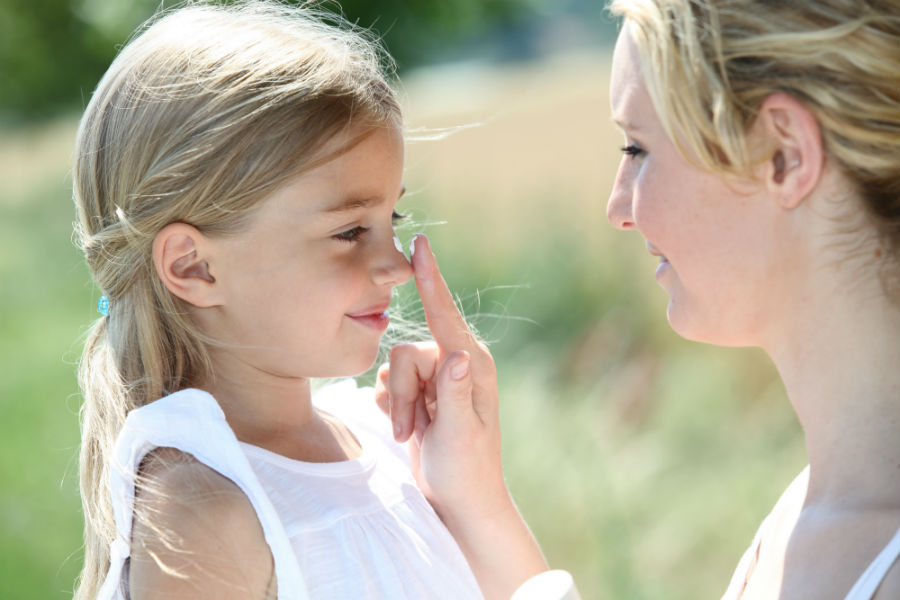
How to choose the right solar in 10 points
Ultimately what are the essential points to choose the type of protection of your solar?
Is the phototype the only aspect to consider when choosing the right solar SPF?
We can summarize them in 10 basic actions:
- Determine your phototype first.
- Do not underestimate the age (children and the elderly need a much higher protective factor).
- Consider where the exposure takes place: latitude, altitude, season, climatic characteristics etc. For example, the intensity of radiation increases by 12% every 1000 m of height, which is why exposure in the mountains is more dangerous than at sea.
- Set the estimated time and duration of exposure.
- Examine the presence of reflective surfaces (for example snow can reflect 80% of ultraviolet rays).
- Evaluate the characteristics of the solar product and towards which types of radiation it has activity. It’s also important that it’s non-toxic and sensitizing, that it’s equipped with a heat-resistant, water-resistant system.
- Consider carrying out outdoor activities and possible unaware exposures.
- Check the possible aptitude for allergies or diseases related to the sun.
- Examine the possible simultaneous intake of drugs (antibiotics, contraceptives, etc.).
- Consider the pleasantness of application. Is it pleasant on a cosmetic level?
You can find our sunscreens here.
One last wellness tip: moisturize your skin!
The heat and prolonged exposure to solar radiation subtract from the skin large amounts of water that, if not replenished, causes dryness and scaling. To keep your skin supple at the end of sun exposure do not forget to use a moisturizer. A good alternative are after-sun products with restorative and soothing functions, containing substances with moisturizing (e.g. allantoin), refreshing and anti-reddening (e.g. yarrow, calendula, aloe, rice starch, mallow, etc.) and antioxidant action (e.g. vitamin E, A, carotenoids, etc.).

Written by Simona
She is La Saponaria’s digital writer: always juggling a newsletter to send and a blog article to publish, she lovingly takes care of our social media channels and our e-commerce.



